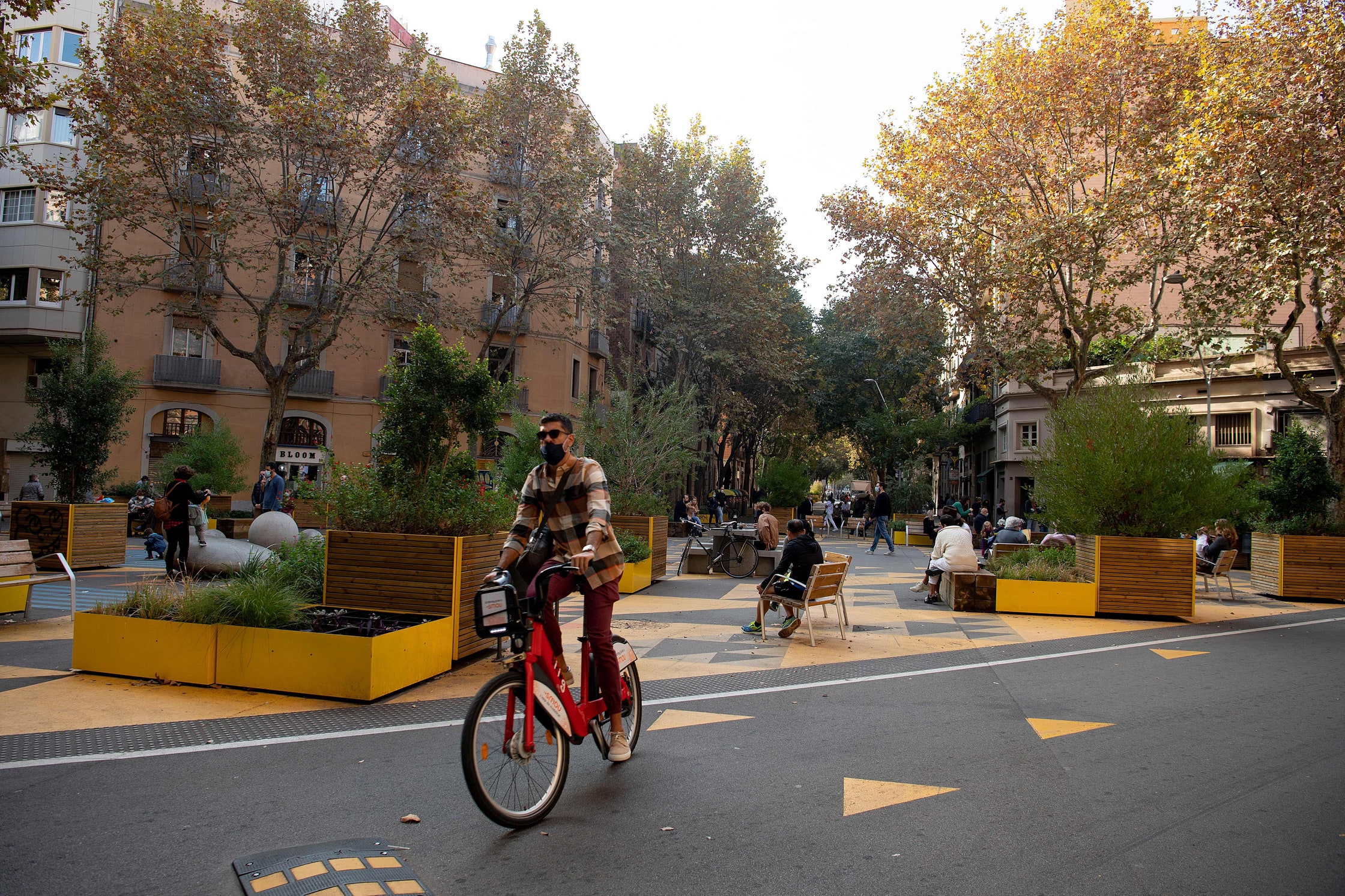
The car-free schemes end up being so popular and work so well that “once cities make the decision to reduce or remove cars, they rarely go back”.
Plus, traffic-reduction programmes also have impacts beyond reducing air pollution and carbon emissions. In cities like Oslo and Helsinki, thanks to car-reduction policies, entire years have passed without a single road traffic death. It’s even been suggested that needing less parking could free up space to help ease the chronic housing shortage felt in so many cities.
And any attempts to reduce urban car use tend to do better when designed from the bottom up. Barcelona’s “superblocks” programme, which takes sets of nine blocks within its grid system and limits cars to the roads around the outside of the set (as well as reducing speed limits and removing on-street parking) was shaped by having resident input on every stage of the process, from design to implementation. Early indicators suggest the policy has been wildly popular with residents, has seen nitrogen dioxide air pollution fall by 25 percent in some areas, and will prevent an estimated 667 premature deaths each year, saving an estimated 1.7 billion euros.
Good luck trying to pass LTN (“low-traffic neighborhoods”) in the United States. First of all the country would have to invest billions in implementing public transportation network throughout its suburbs. Even if we managed to do that, the car culture is deeply embedded in the US psyche there would be riots in the streets.